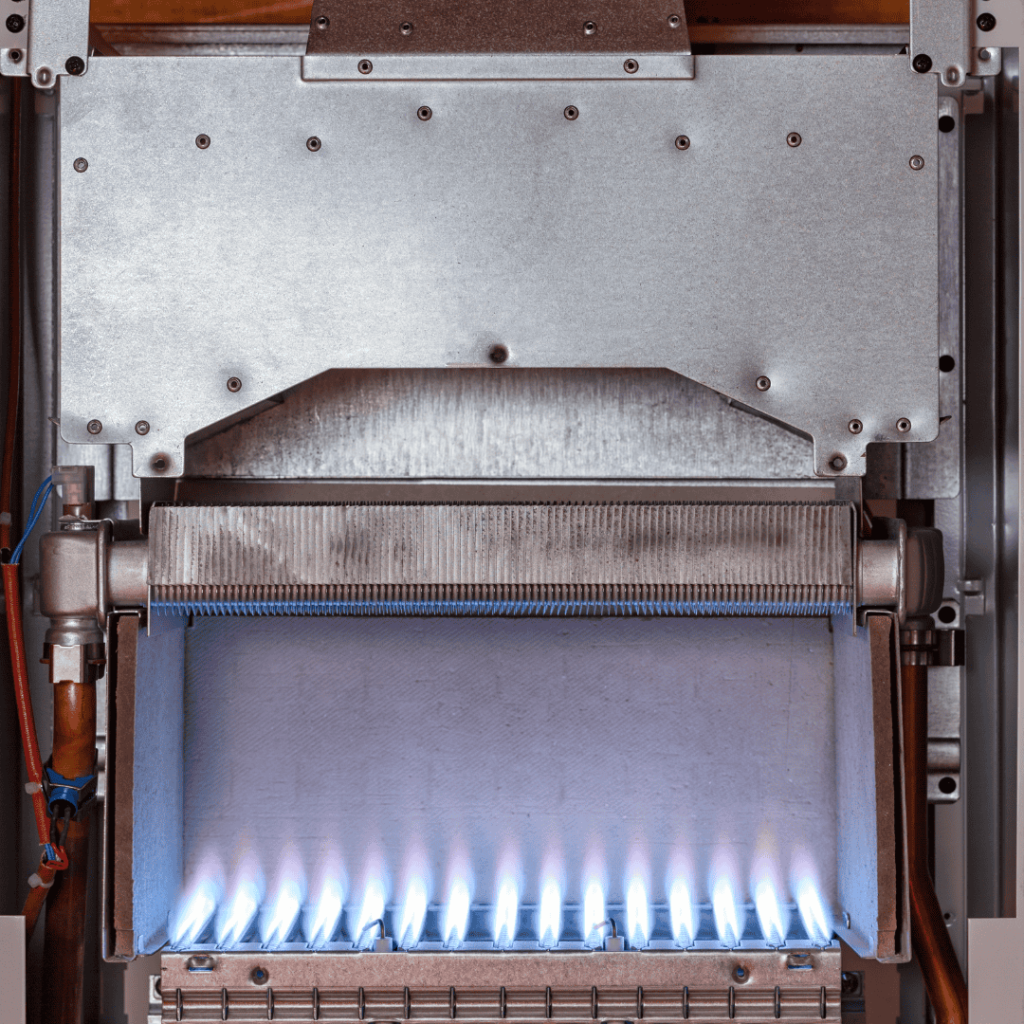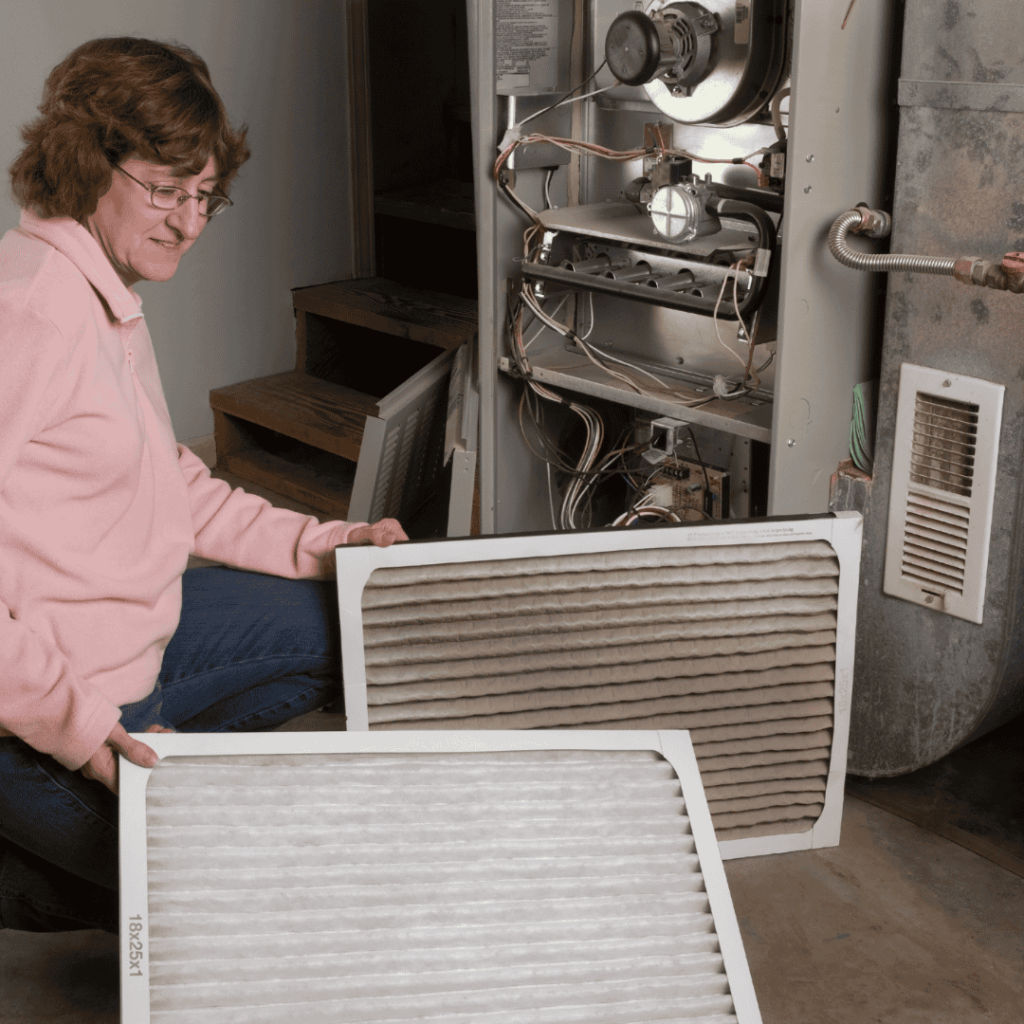My Furnace Stopped Working, Now What?

If your furnace has stopped working, you may be wondering what to do about it, especially during winter. Do not worry though, you are not alone and we’re here to help! Many people find themselves in this situation every winter. So we’re going to cover some of the most common reasons why your furnace stopped, the first steps to take when to call a professional, and what to do to prevent this from happening in the future.
Here is everything you need to know about why your furnace stopped working and what you should do to get it fixed.
1. What to Do if Your Furnace Stops Working
During the cold winter months, furnaces play a critical role in providing warmth and comfort to households. Unfortunately, furnaces may stop working due to a variety of technical issues with the furnace itself, or the components that are connected to it. If you find yourself experiencing this issue, then you should take immediate action to resolve it before more serious damage can occur.
We recommend that you start with checking on your breakers and ensuring they haven’t tripped due to an electrical overload. This happens quite often and it’s a simple fix. So find your breaker and start there.
If this appears normal, then you may need to call an experienced HVAC technician to inspect the furnace and identify what is causing the disruption in service. But, there are a couple of things that you can still do. You can check the thermostat and insure that it’s correct, check for any damage or holes in the furnace and components and lastly, you can check to see if the filter just needs changing.

2. Common Reasons Why Furnaces Stop Working
During the cold winter months, the last thing you want is for your furnace to stop working. Unfortunately, this happens more often than most people would like to admit and most of the time it can be avoided with some simple maintenance. With that being said, there are a few reasons why a furnace might not be working properly that can even be identified and addressed by the homeowner before calling a licensed technician.
The most common causes of a broken down furnace range from dirty air filters to a broken thermostat all the way up to a broken heat exchanger or blower motor. Here is a quick look at some of the most common issues with seeing when a furnace stops working are:
- Blower is dead
- Burning too much gas
- Thermostat issue
- Gas line issue
- Airflow restriction
- Filters need to be changed
- Burnt out inducer
- Cracked heater exchange
- Lack of maintenance
- Circuit breaker blew
Although these issues should not be taken lightly and require steps by an experienced professional for repair, the good news is that most of them can potentially be prevented with regular maintenance.

3. How to Troubleshoot and Fix Common Problems With Furnaces
When attempting to troubleshoot and fix common problems with furnaces, it is important to remember that you should not attempt any repairs yourself unless you are a trained HVAC technician. However, there are some basic steps you can take on your own before calling a professional which may help identify the source of the problem that could possibly be resolved without an expert.
The first step would be to check the thermostat settings and make sure they are properly aligned according to the manufacturer’s instructions.
If these appear normal, then check the air filter and replace it if it appears dirty or clogged. Additionally, examine all external parts for cracks or other signs of wear and tear that could be causing your furnace to stop working.
And as we mentioned earlier, check to see if the breaker has blown. This happens more than some people may realize and by simply flipping your breaker back on, you can get the furnace functioning again. However, if that is the case, you should still have a professional come out and find out why it blew the breaker in the first place. You could have an electrical issue in the house or another issue going on with the furnace.
If these steps do not yield any results, it is best to call a trained HVAC technician who can assess the situation and provide an effective solution.
No matter what the problem may be, it is important to remember that being proactive and addressing furnace issues quickly can help prevent further damage.

4. When It’s Time to Call a Professional for Help
If you have taken the steps above and identified that there is something more serious going on with your furnace, then it’s time to call a professional for help. A qualified HVAC technician will be able to properly diagnose the problem with your furnace and repair any issues that may exist.
For more complicated repairs, hiring a licensed technician is also important because they are trained in safety protocols as well as proper handling of electrical systems and components which could save you from potential injury or further damage to your system.
When looking for an experienced HVAC technician, be sure to check their credentials and certifications before selecting them for the job. You don’t want a random handyman with no credentials to come out and try to fix the problem. This can quickly result in making matters worse and possibly damaging your furnace further. Hiring a real professional will ensure that you get quality service at a fair price.
5. Tips on How to Keep Your Furnace Running Smoothly All Winter Long
One of the best ways to keep your furnace running smoothly all winter long is to have an HVAC technician perform regular maintenance and tune up your furnace. This includes regularly checking and replacing air filters, cleaning vents and ducts, inspecting connections between different components, lubricating certain parts, testing for drafts, and more.
Additionally, you should have a professional come out at least once a year to give your system a thorough inspection. They will be able to identify any potential problems that could lead to more costly repairs down the road if left unchecked.
Finally, it is important to remember not to ignore warning signs such as strange noises coming from the furnace or an unusually high energy bill each month. These are indicators that something may need attention and should be checked out by a qualified HVAC technician immediately.
By following the tips above, you can help ensure that your furnace runs smoothly and efficiently throughout the entire winter season. With a little bit of time and effort, you can rest assured knowing that you have taken all the necessary steps to keep your family warm and comfortable this upcoming cold weather season.

Recap What To Do When Your Furnace Stops Working
Let’s do a quick recap on what to do when your furnace stops working…
First, check for a clean power supply and reset any blown breakers. Next, examine all external parts for cracks or other signs of deterioration. Additionally, inspect the air filter and replace it if necessary.
If these steps do not yield any results, then it is best to call a trained HVAC technician who can assess the situation and provide an effective solution.
If you want to keep your furnace running smoothly throughout winter, we highly recommend that you perform regular maintenance such as regularly inspecting connections between components and cleaning vents and ducts.
Finally, always be vigilant in looking out for any warning signs that could indicate something more serious is going on with your furnace.
If you have any questions about your furnace or if you need a qualified technician to take a look at your furnace, send us a message or give us a call today!
